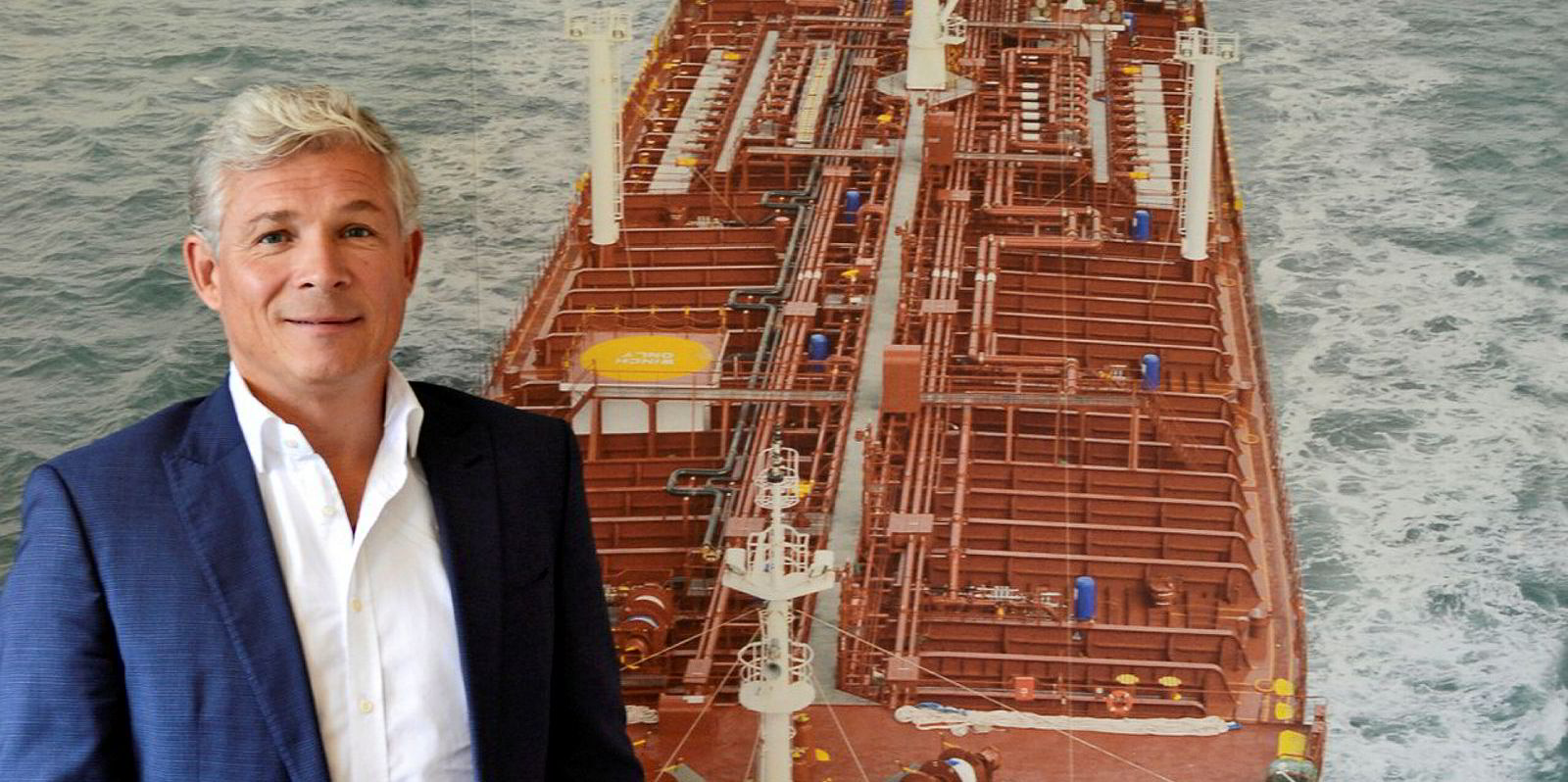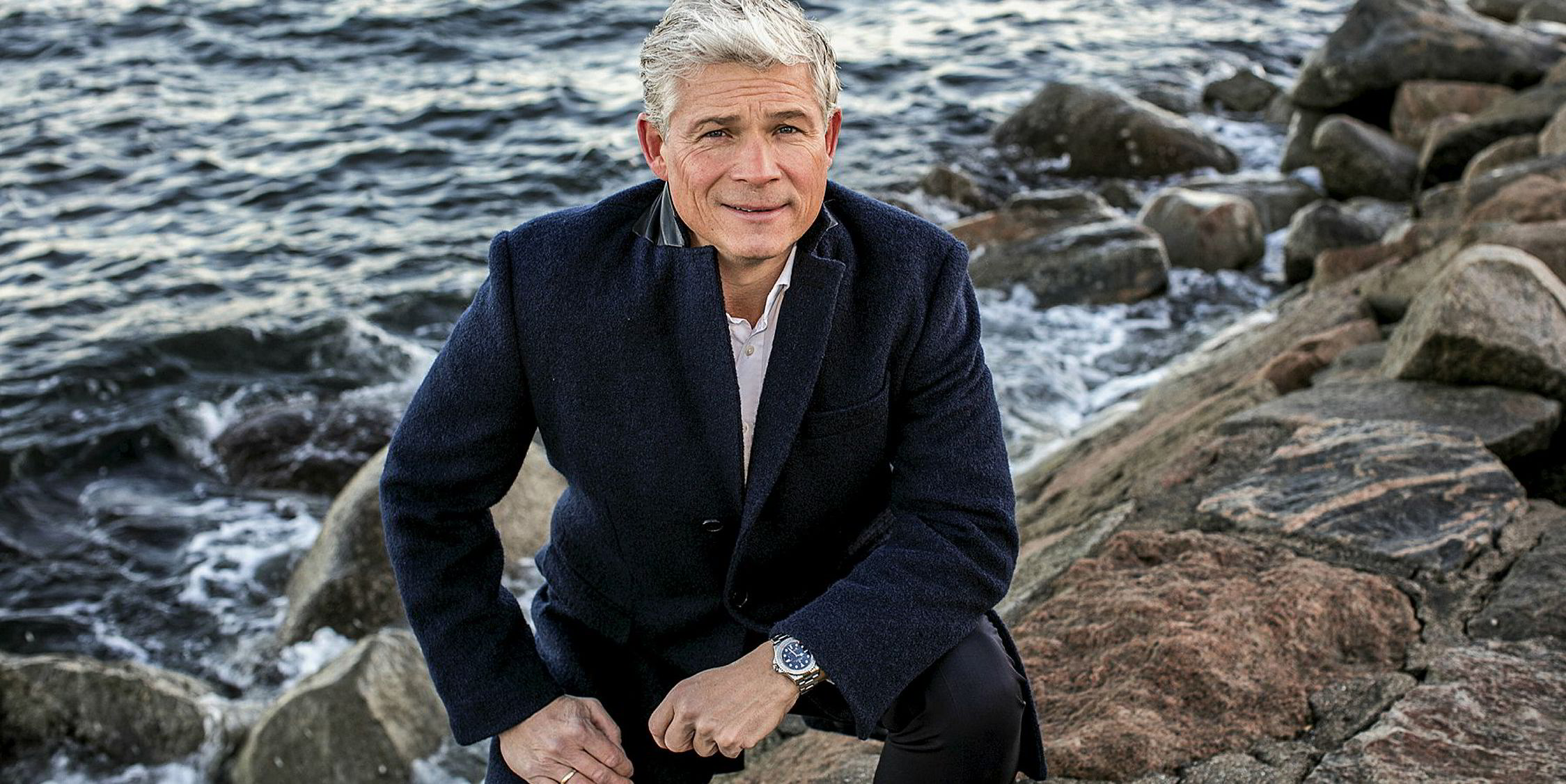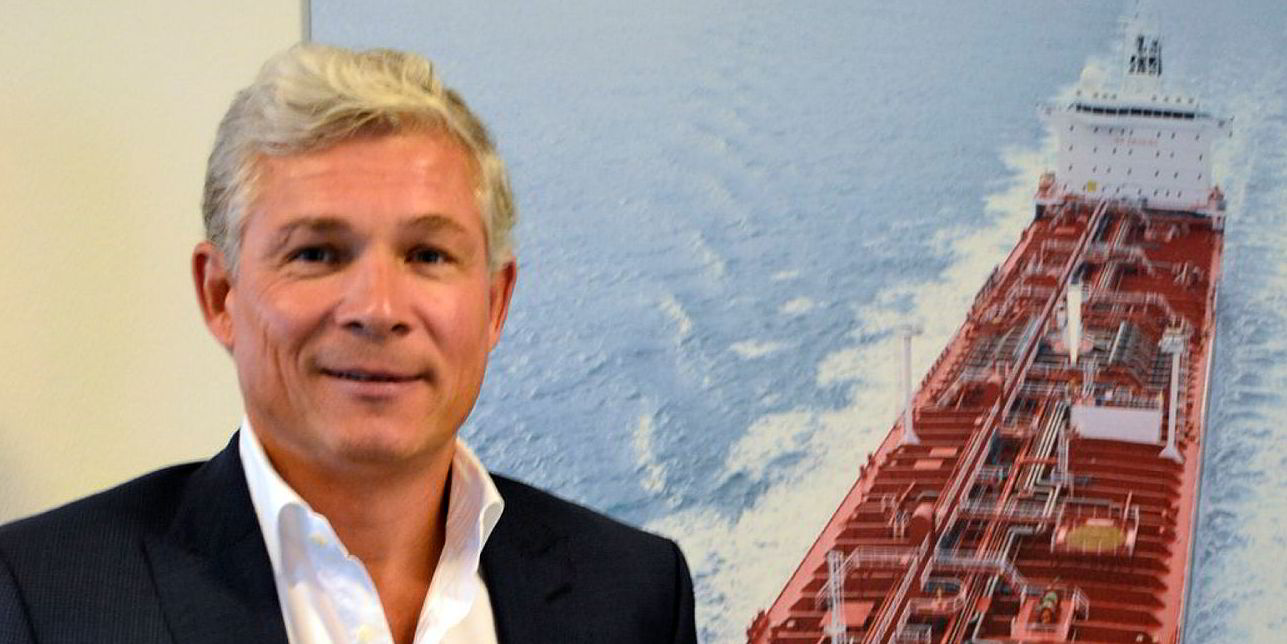Triumph or train wreck? Observers weighing Hafnia’s placement of $230m of shares on Oslo’s Axess exchange this week have ample reasons for coming down on either side of the question.
While the placement — in effect Hafnia’s long-awaited initial public offering — has many advantages for the product tanker giant, it is blemished by execution and total proceeds that were well below its target.
Enough went right for management to declare victory and look forward to the IMO 2020 tanker market as a public company. And yet enough went wrong to wonder what might have been.
With final details of the effort still emerging, TradeWinds takes a look at the competing scenarios.
The bull case
Hafnia raised $230m in fresh equity, as of its last reporting. It is migrating from Oslo’s over-the-counter (OTC) exchange — where unlisted shares are traded — to a full listing on the Oslo Axess, featuring greater liquidity and visibility.
It also has been able to provide a partial exit for several of the private equity firms that have backed it, some for several years.
This not only relieves pressure on the management to reward that support, but removes part of what is described as an “overhang” on the stock’s trading level. Many investors are reluctant to invest in a stock when insider backers may soon be selling large positions.
The Mikael Skov-led company moves forward as one of the world’s largest owners of product tankers at a time when the IMO 2020 emissions deadline is expected to turbocharge the hire market.
Following its merger with BW Tankers in January 2019, it operates a fleet of 182 vessels, including 102 that are owned or chartered in.
Hafnia found a solution at a time when New York’s public markets are closed to new shipping issuers, as they have been for more than four years.
And even the reduced pricing level for its deal came at just above its net asset value in the view of at least one analyst, Joakim Hannisdahl of Cleaves Securities.
The bear case
Hafnia and the banks leading the placement appear to have seriously misjudged the level of investor interest.
■ Hafnia said PAG sold shares worth $42.4m, followed by Davidson Kempner ($18.7m), Oak Hill Capital ($14.8m), Global Natural Resources Investments ($14.5m), Blackstone ($13.3m), Tufton Oceanic ($11m) and Tennenbaum Capital Partners ($10.2m).
■ PAG, Davidson Kempner and Oak Hill Capital are represented on the board.
■ If underwriters fully exercise an over-allotment option to buy more shares, the group of selling shareholders will control 13.7% of the company following the deal. PAG will hold 4.6%, Davidson Kempner 2%, Oak Hill and GNRI 1.6% each, Blackstone 1.5%, Tufton Oceanic 1.2% and Tennenbaum 1.1%.
Despite an initial target of raising up to $345m, the company was forced to cut proceeds by up to $115m due to insufficient demand. It also dropped the offering price to NOK 25.45 ($2.78) from an initial range of NOK 26.20 to NOK 30.90.
And while the Axess provides greater liquidity than the OTC, it falls well short of New York, where Hafnia originally had hoped to list in 2014.
An official explanation of “volatility in tanker stocks” appeared to many observers to be a scanty fig leaf covering a bad misreading of investor appetite.
Even though industry investor BW Group had purchased some shares from private equity backers such as Blackstone Group, Tufton Oceanic and Hartmann Group in building its own stake to 43.3%, those investors were still looking to sell remaining shares in this deal.
So were PAG, Davidson Kempner, Oak Hill Capital, Global Natural Resources Investments (GNRI) and Tennenbaum Capital Partners.
And so was BW — until it switched course 180 degrees.
BW originally had hoped to sell $25m of its holding. It wound up agreeing to increase its stake by $50m.
“These are not great optics for new investors — not only the private equity exit, but the two most shipping-savvy investors, BW and Tufton, also looking to get out in a deal seeking a huge percentage of the company’s overall valuation,” one finance source said.
The deal placed Hafnia at between $975m and $1.15bn before the pullback that shifted the figure to $950m. “The overhang hurt them, I think, because without it they are a very good company entering a strong rates environment helped by IMO 2020,” the source said.
“If this is just a $100m deal — which it could have been without the private equity exit — I think it sells like hot cakes with plenty of investor interest.”







